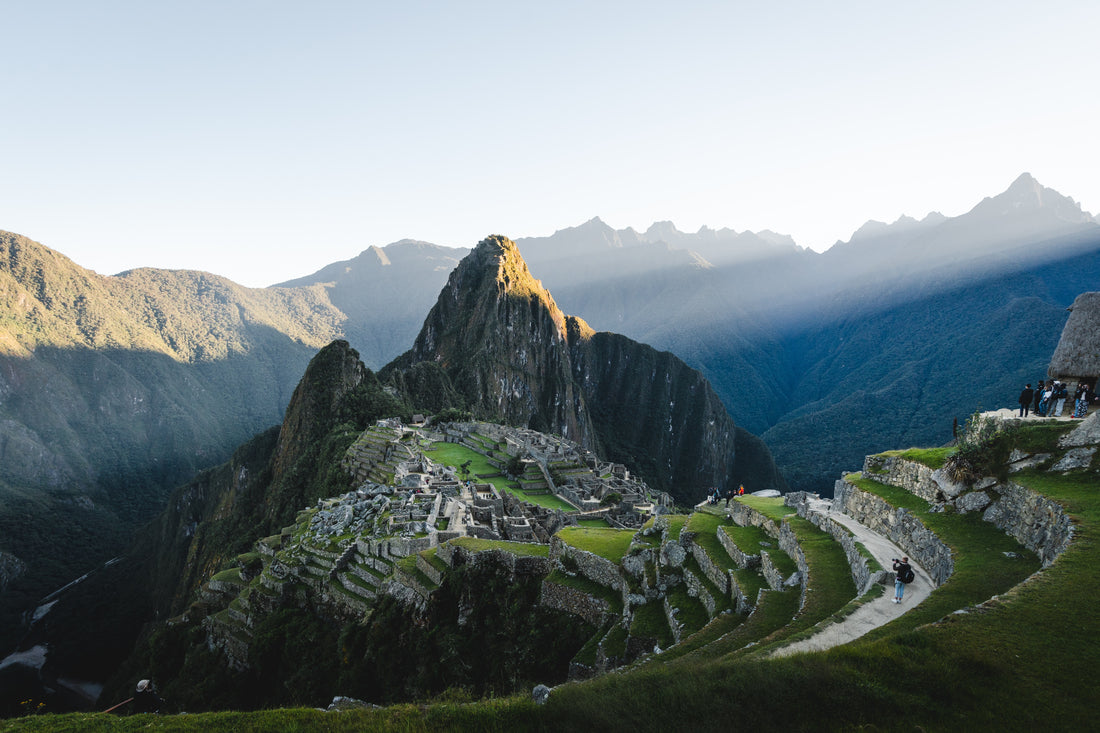
Machu Picchu: The Lost City of the Incas
Vanessa Sotillo ElespuruShare
Nestled high in the Peruvian Andes, Machu Picchu is like a beacon of ancient wonder. Known as “The Lost City of the Incas,” it’s a place that’s intrigued and inspired adventurers, historians, and travelers alike for centuries. Let’s take a journey together to uncover the mysteries and wonders of this extraordinary place.
A Forgotten Gem
Machu Picchu’s history is as enigmatic as its location. Built during the 15th century, it was abandoned and forgotten for centuries, shrouding its purpose and the reason for its abandonment in mystery. It’s this air of intrigue that draws us in.
Architectural Marvels
The city’s architecture is awe-inspiring. Imagine massive stone blocks, cut and shaped with incredible precision, fitted together without mortar. It’s a testament to the Inca’s engineering prowess. The layout of the city is equally impressive, with structures aligned with the movements of the sun and stars, reflecting the Incas’ profound connection to the cosmos.
Spiritual Significance
Machu Picchu isn’t just a collection of ancient stones; it’s a place of spiritual significance. Many of its structures, like the Intihuatana stone, are believed to have served as astronomical observatories, aligned with celestial events. The entire site exudes a sense of harmony with the natural world.
Rediscovery and Preservation
In 1911, Hiram Bingham, an American historian, and explorer rediscovered Machu Picchu, introducing it to the world. Since then, efforts have been made to protect this historical gem while making it accessible to tourists. The challenge lies in finding a balance between preserving its heritage and satisfying the curiosity of explorers.
A Global Icon
Machu Picchu has become an icon of global tourism. People from all over the world trek the Inca Trail or take a train journey to witness its grandeur. It’s earned its place as one of the New Seven Wonders of the World, and it’s not hard to see why.
The Ongoing Legacy
Preserving Machu Picchu is a shared responsibility. Sustainable tourism practices and conservation efforts are crucial to ensure that this historical treasure remains intact for future generations. Machu Picchu isn’t just a relic of the past; it’s a living testament to human achievement and our connection with history.
In conclusion, Machu Picchu is more than just a place; it’s a journey through time and an exploration of the wonders of an ancient civilization. It reminds us of the importance of preserving our shared heritage and the enduring legacy of those who came before us. Whether you’re planning a visit or simply fascinated by its history, Machu Picchu continues to inspire wonder in all who encounter it.
A Forgotten Gem
Machu Picchu’s history is as enigmatic as its location. Built during the 15th century, it was abandoned and forgotten for centuries, shrouding its purpose and the reason for its abandonment in mystery. It’s this air of intrigue that draws us in.
Architectural Marvels
The city’s architecture is awe-inspiring. Imagine massive stone blocks, cut and shaped with incredible precision, fitted together without mortar. It’s a testament to the Inca’s engineering prowess. The layout of the city is equally impressive, with structures aligned with the movements of the sun and stars, reflecting the Incas’ profound connection to the cosmos.
Spiritual Significance
Machu Picchu isn’t just a collection of ancient stones; it’s a place of spiritual significance. Many of its structures, like the Intihuatana stone, are believed to have served as astronomical observatories, aligned with celestial events. The entire site exudes a sense of harmony with the natural world.
Rediscovery and Preservation
In 1911, Hiram Bingham, an American historian, and explorer rediscovered Machu Picchu, introducing it to the world. Since then, efforts have been made to protect this historical gem while making it accessible to tourists. The challenge lies in finding a balance between preserving its heritage and satisfying the curiosity of explorers.
A Global Icon
Machu Picchu has become an icon of global tourism. People from all over the world trek the Inca Trail or take a train journey to witness its grandeur. It’s earned its place as one of the New Seven Wonders of the World, and it’s not hard to see why.
The Ongoing Legacy
Preserving Machu Picchu is a shared responsibility. Sustainable tourism practices and conservation efforts are crucial to ensure that this historical treasure remains intact for future generations. Machu Picchu isn’t just a relic of the past; it’s a living testament to human achievement and our connection with history.
In conclusion, Machu Picchu is more than just a place; it’s a journey through time and an exploration of the wonders of an ancient civilization. It reminds us of the importance of preserving our shared heritage and the enduring legacy of those who came before us. Whether you’re planning a visit or simply fascinated by its history, Machu Picchu continues to inspire wonder in all who encounter it.
